Express Newsletter
The SMTnet Express newsletter is sent weekly to over 25,000 subscribers.
- SMTnet
- »
- Express Newsletter
| |||||||||||||||||||||||||||||||||||||||||||||||||
SMTnet Express, October 17, 2024, Subscribers: 25,850, Companies: 12,291, Users: 29,283 |
|||||||||||||||||||||||||||||||||||||||||||||||||
█ SMT / PCB Products & ServicesNEW SMT / PCB EQUIPMENT & SERVICES - For Sale
█ SMT / PCB Assembly Equipment Auctions
█ Electronic Equipment MarketMARKET - Used Electronic Assembly Machines For Sale
MARKET - Used PCB Assembly Equipment Wanted To Buy
SEE Buyers' Used Assembly Equipment Wants █ Electronics Manufacturing & Assembly Events Calendar
█ Electronics Manufacturing Training Courses & PCB Assembly Training
TRAINING - PCB Rework and Hand Soldering Training CoursesEPTAC Hand Soldering Certification Training Course Multiple dates and locations. Check the link for details Customizable Basic Hand Soldering Multiple dates and locations. Check the link for details Blackfox Training Institute, LLC TRAINING - Online Electronics Manufacturing and Assembly Training CoursesReflow Soldering 101 Training Course Surface Mount Technology Association (SMTA) IPC/WHMA-A-620 Expert (CSE) Certification Training Course IPC Certified Electronics Program Manager (CEPM) Training and Certification Program Association Connecting Electronics Industries (IPC) Component Placement 101 Training Course Surface Mount Technology Association (SMTA) ESD Control for Electronics Assembly Association Connecting Electronics Industries (IPC) █ Electronics Manufacturing & PCB Assembly Career CenterJob Needs & Wants
YOUR next job ... YOUR next employee ...
█ PCB Design & Assembly Industry Associations
Editor - Dave "davef" Fish (submit your technical articles) SMTnet.com, PO Box 187, Cumberland, Maine 04021 USA, Tel: 207-780-0887.
|
FEATURED SPONSORS |
||||||||||||||||||||||||||||||||||||||||||||||||
|
|||||||||||||||||||||||||||||||||||||||||||||||||
- SMTnet
- »
- Express Newsletter





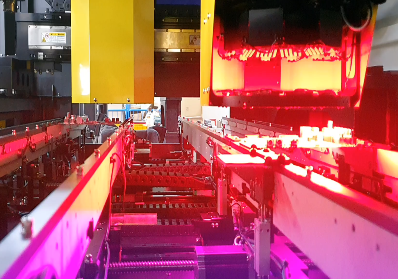
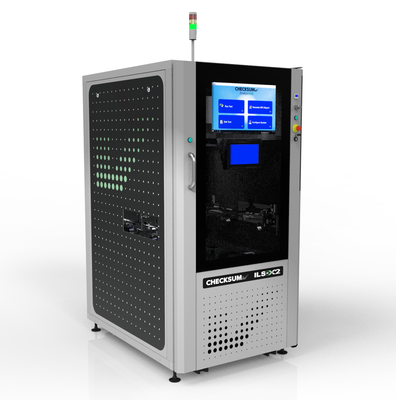
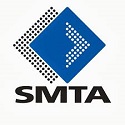

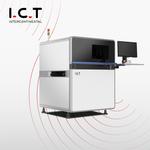
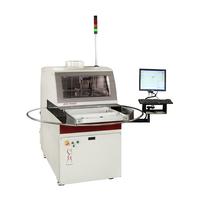
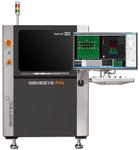



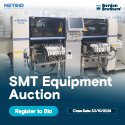
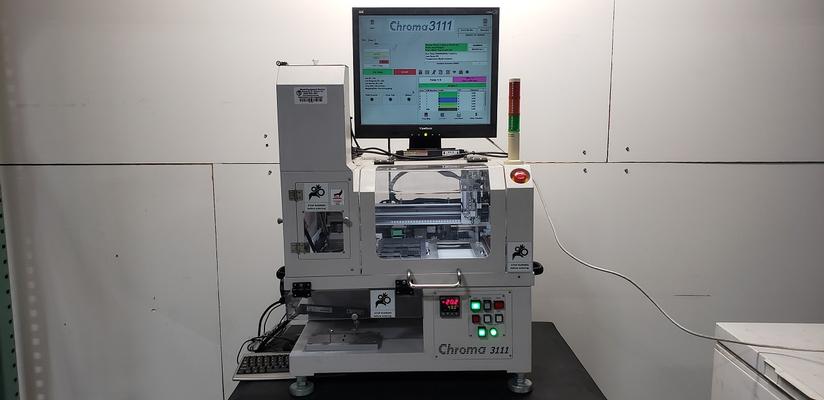

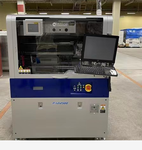


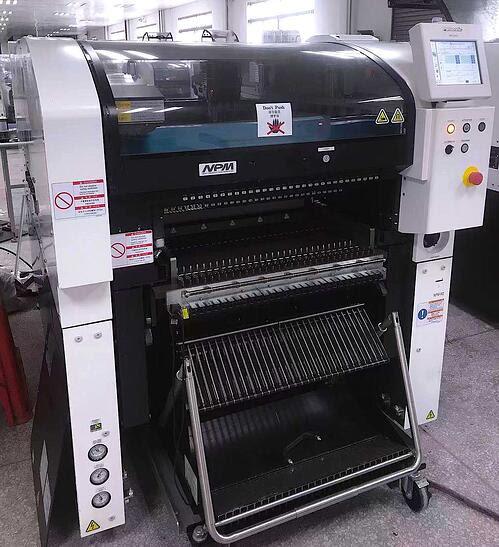
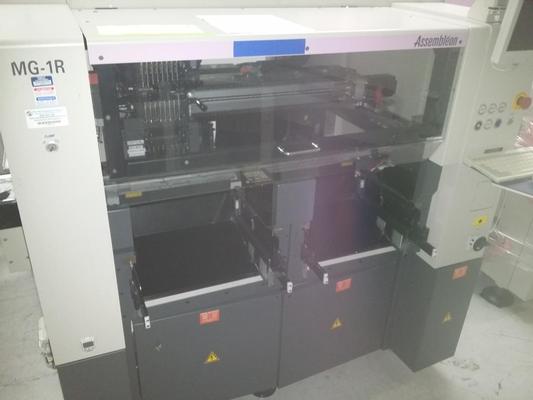

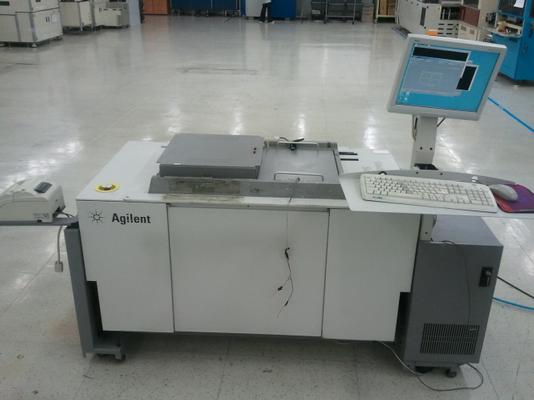


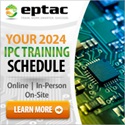




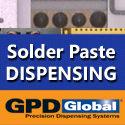

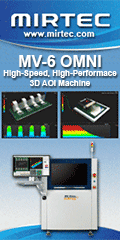
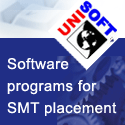




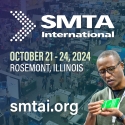
.jpg)





.gif)

